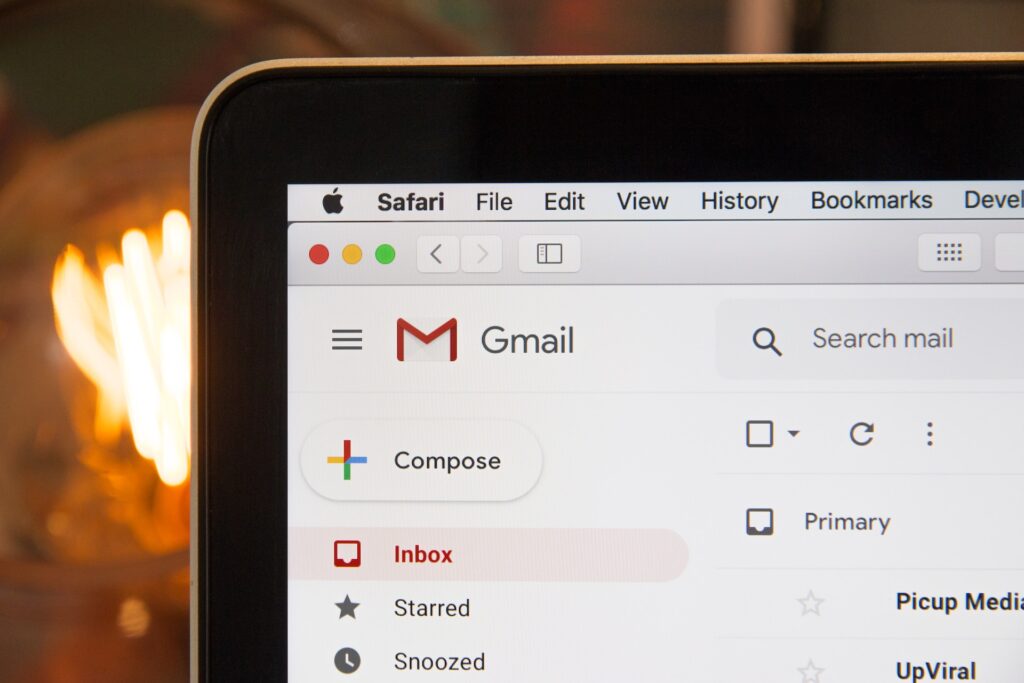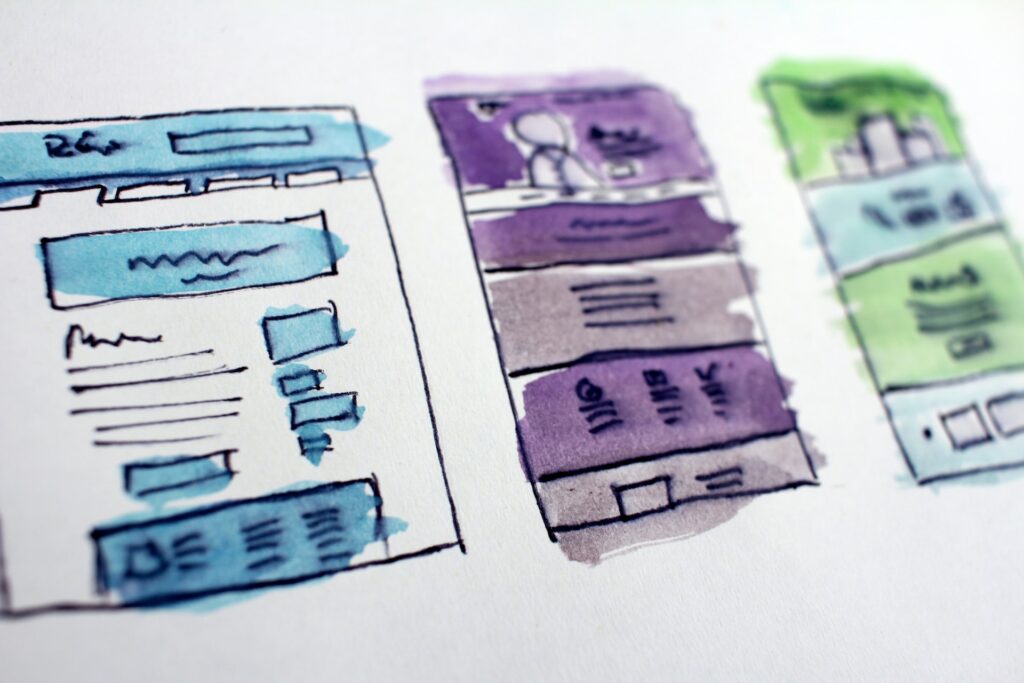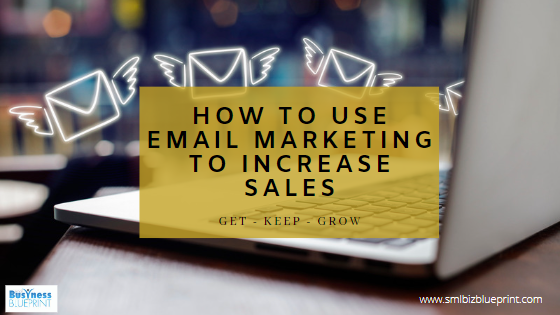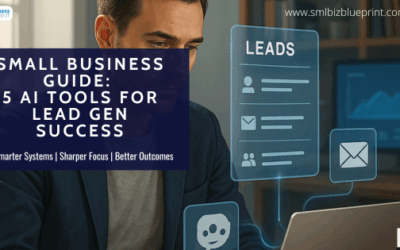Do you view email as a legitimate sales channel for your business?
Are you maximising your return on the time and effort you put into email marketing or do you just see it as something you should do when you get the time?
Are you spending time improving your skill of email marketing? The skill with email is with writing sales messages that entice or encourage your list to buy more products more often from your business.
After all, if someone has taken the time to give you their email address then you should respect that by crafting emails that add value to your client or prospect.
With email marketing, you can personalize and target communications in ways other marketing campaigns cannot. This can be a big contributor to your sales. By following a few tips, and with a little practice, you can create email campaigns that drive repeat sales, build a brand following and generate referrals.
If it is done properly, it helps in increasing sales and bringing more business
So how do you increase sales with email marketing?

#1 Plan Your Campaigns
The first step is to make a plan for using email to generate sales and repeat business.
Consider who is on your list and their behaviours — from purchasing once to purchasing multiple times, to visiting without purchasing — as this will help you organize your campaigns.
Think about what and where you want to take the customer.
A great way to map this out is to use the IF-THEN statement. If a customer does something then this should happen.
An example could be if a customer buys a certain product and then offer this complimentary product.
If a customer downloads this free guide then offer this product
If a customer clicks this link then offer this or move to another email series.
There are many email campaigns that can drive sales, including:
Welcome: Within your email platform, you can automate emails based on behaviours. A great time to do this is with a welcome email generated whenever someone signs up for your email list. To increase sales, including an incentive to make a purchase.
Purchase: It’s reasonable to automate an email that confirms a purchase, even if the customer didn’t opt-in. In your message, provide an incentive to make another purchase.
Customer campaigns: Tracking buying behaviour can help you customize your emails to customers who do opt-in.
For repeat customers, consider sending emails with loyalty messaging to customers who make multiple purchases. Thank them for their repeat business, ask for reviews and provide special offers.
For dormant buyers, determine how frequently loyal customers make purchases. Anyone who has not purchased in that timeframe can be considered dormant. They should receive an email that expresses gratitude for past purchase(s) and gives them a reason — a new product, special offer or seasonal buy — to visit your site again.
Referrals: Ask customers to recommend you to a friend in exchange for a special offer that benefits both them and their friend if they make a purchase.
Cart abandonment: Research has found that more than 75% of online shoppers abandoned their carts — i.e., put items in a cart but left the site without making a purchase.
One way to improve your e-commerce is to convert some of these sales. Whenever someone abandons their cart, automatically send an email with a limited-time offer to complete their purchase.
Prospects: Create a campaign for potential customers (who have opted-in to emails) to gain their interest in your brand and motivate them to make a purchase.
#2 Include A Clear and Simple Call-To-Action
Writing down a clear call to action could make all the difference between a successful and an unproductive email campaign.
Never try to confuse or overwhelm your email recipients.
Always be focused on one and only one specific call to action.
Be sure that your call-to-action content should be highlighted prominently in the upper half of your email.
A good call-to-action is one, by which the recipient can understand why and what they are clicking, on in the subject matter of your email.

#3 Mobile Friendly
Imagine sending an email that looks so good. But the moment you open it on your phone the images don’t show and the design looks bad. As a result, your subscribers aren’t able to interact. This situation can seriously affect your campaign’s success.
If a customer can’t read the email or it is difficult to read then it is a wasted email.
Mobile marketing is the latest uptrend of the day. So, as nearly everyone has access to their emails through mobile and handheld devices, always make sure that your emails are properly optimized for mobile viewing.
Test your emails, on mobile devices even before sending them. Emails that are optimized for mobile viewing can be easily accessed by your recipients. Also, make sure, if you are linking any page through your email campaign, it is also optimized for viewing on mobile and handheld devices.
#4 Timing
Timing is everything when it comes to the success rate of your email campaigns.
To increase your email campaign’s click-through rate, the day and time that you are sending your emails is also an important aspect while trying to increase sales with email marketing.
You are surely aiming for improved open and click-through rates so choosing the time wisely is an element you should focus on.
One more reason is that loyal users may want to engage with your content (share with friends or on social media, etc.). Having that in mind, you should use all the tools you can to determine what’s the best timing for them.
There is no one-fits-all time to send. A huge factor to consider here also is the type of business you own
As an example, for B2B marketers, the best days to send marketing emails are usually Tuesdays and Thursdays. These days, since most people remain at work, they are more likely to access their emails.
However, when your products or services are targeting B2C segments in the market, you can always find that your particular audience may respond better on a different day of the week or at completely different times.
Hence, run your tests on different days and times. And then track your end results, which help to pinpoint exactly when you should send your emails.

#5 Landing Pages
Landing pages live separately from your website and are designed to only receive campaign traffic.
This separation allows them to be focused on a single objective and makes analytics, reporting & testing a simpler task.
Having a specific landing page for your email to focus on, rather than linking your email campaign to a general page. When you use a specific landing page, you can tailor the landing page to the exact message in your email- resulting in more conversions.
The landing page is the place where your email recipients will “land” when they click on the inbuilt link in your email.
Landing pages can include your main website page, a specific product-related page or even a webpage created specifically to highlight a single email campaign.
You must also let your recipient know at all times, where your email link will take them. And they should always receive more information on your offer(s), once they reach the landing page.
It is essential that your landing page should reflect and add consistency to your email.
#6 Testing
Do you want to know the real secret to have emails that sell like crazy
The answer is simple: adjust and test!
The New York Times has a 12-person email team made up of professionals who are constantly adjusting and refining the strategies to increase email engagement.
That’s why the Times has a staggering 50% email open rate
Here’s a classic example of how testing helps.
President Obama’s 2012 campaign tested a variety of email subject lines to increase campaign donations.
The best-performing subject lines ended up being worth millions of dollars more than poor performers
There are lots of ways to test, and you can’t expect to try them all at once.
Conduct A/B Testing
The best way to optimize your Open Rate and CTR (Click-Through-Rate) is to conduct A/B testing. It’s always recommended that you should try out different designs, subject lines and contents in order to figure out, what works best for your email campaign.
Pro Tip: A/B Test Your Subject Line
Begin with email subject lines.
Take a subset of your prospect list, ensuring it hits a minimum of 50-100 emails to achieve statistical significance. Then split the list into two subgroups. Now send these subgroups an email with the same content, but with different subject lines.
After collecting results, you should choose the subject line that yields a higher open rate to send to the rest of our list.
Hint: You should aim to achieve a minimum open rate of 30% to 50%.
Your email service provider should already have built-in functionality for this, which makes it easy!
Ideally, try to send out two versions of the same campaign, so that you can find out what can be changed to improve your email marketing results.
Tweak your email, according to the A/B testing results, until you find the right kind of conversion ratio that you are looking for.
We are sure, once you focus on all these aspects of your email marketing campaign, you will surely find an increase in your sales through stronger engagements with your target audiences.




